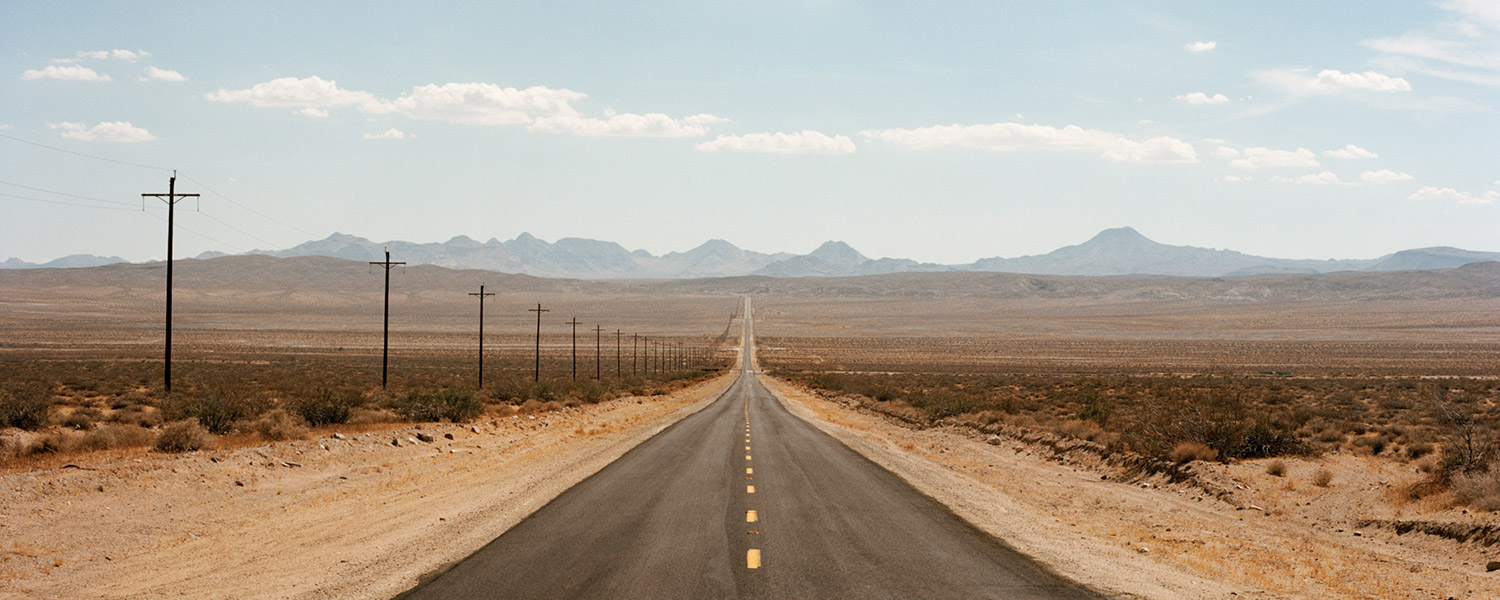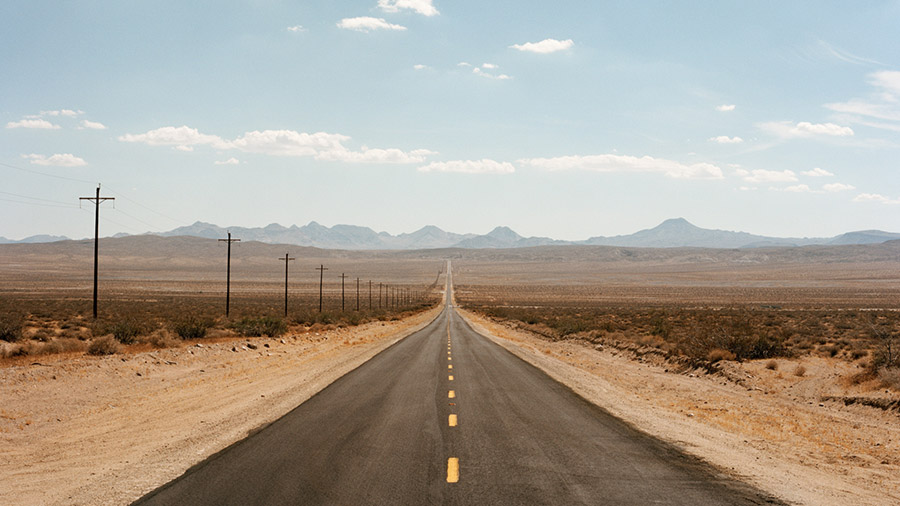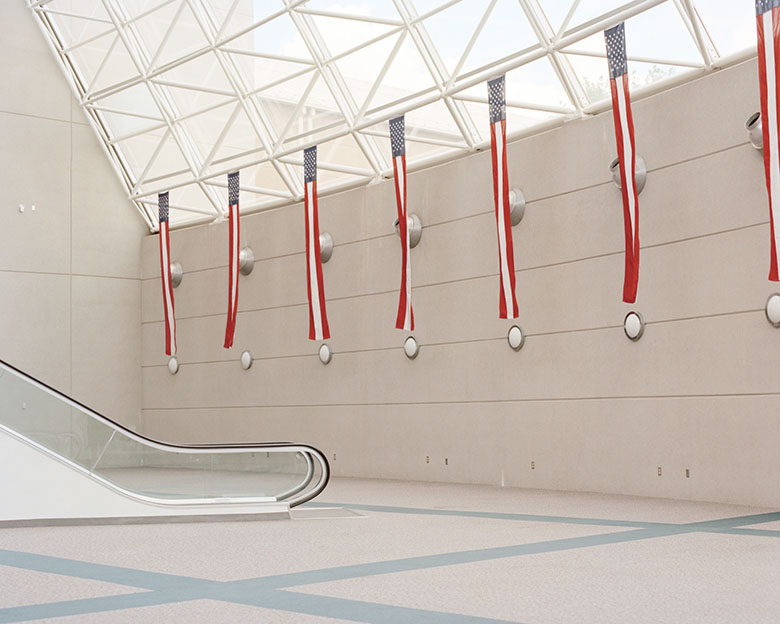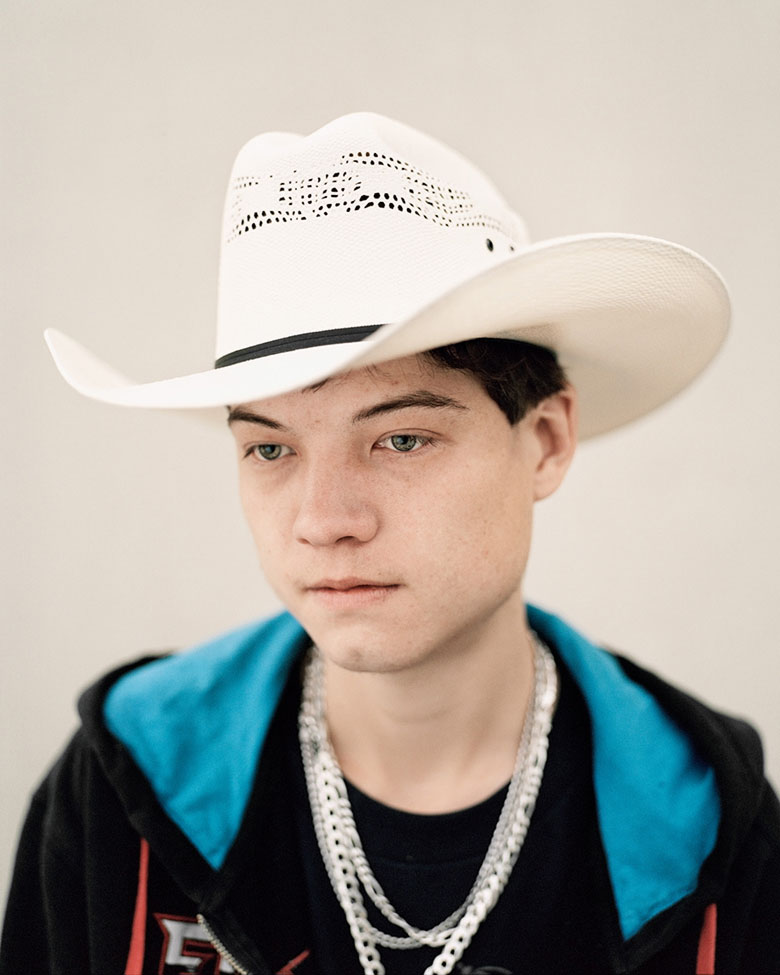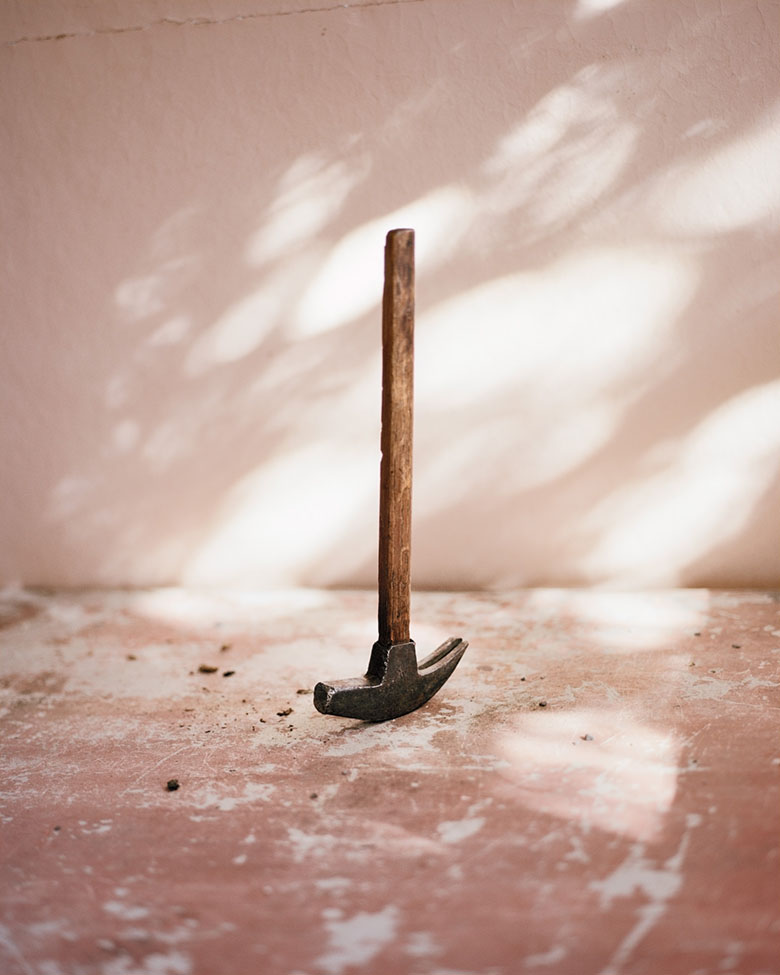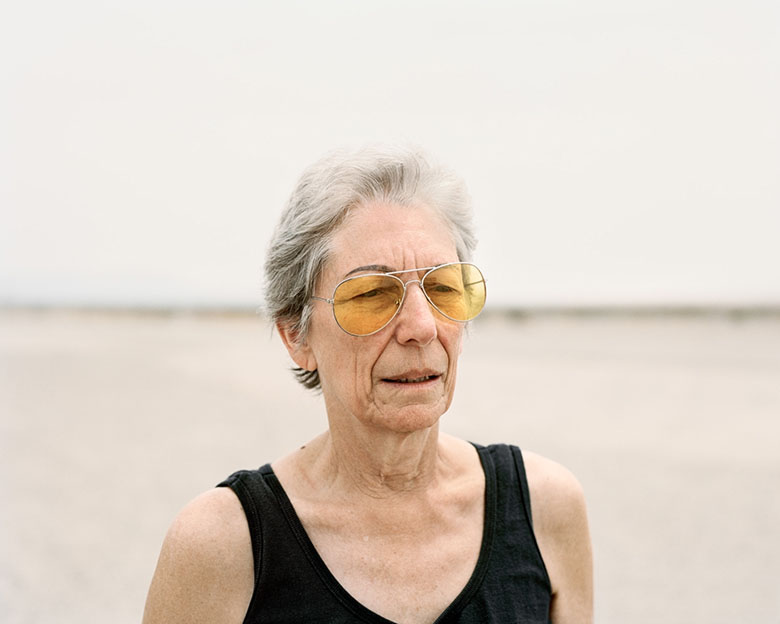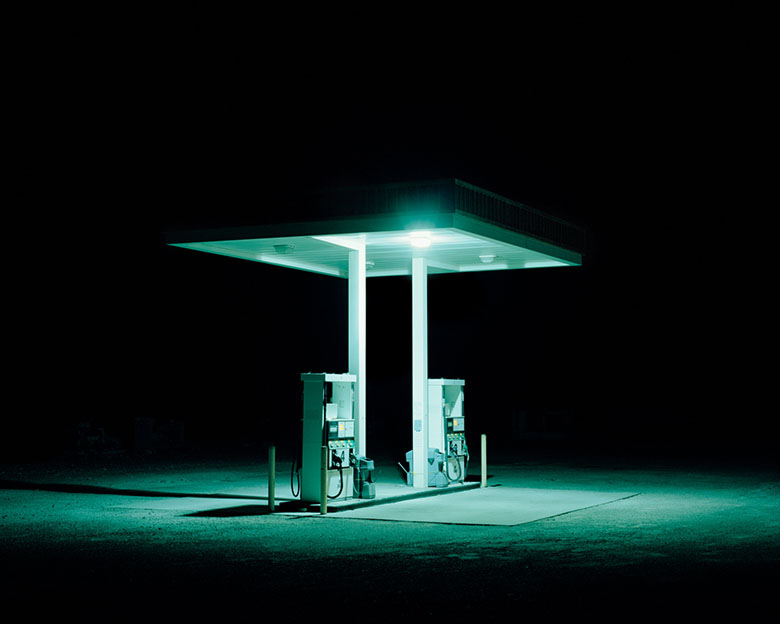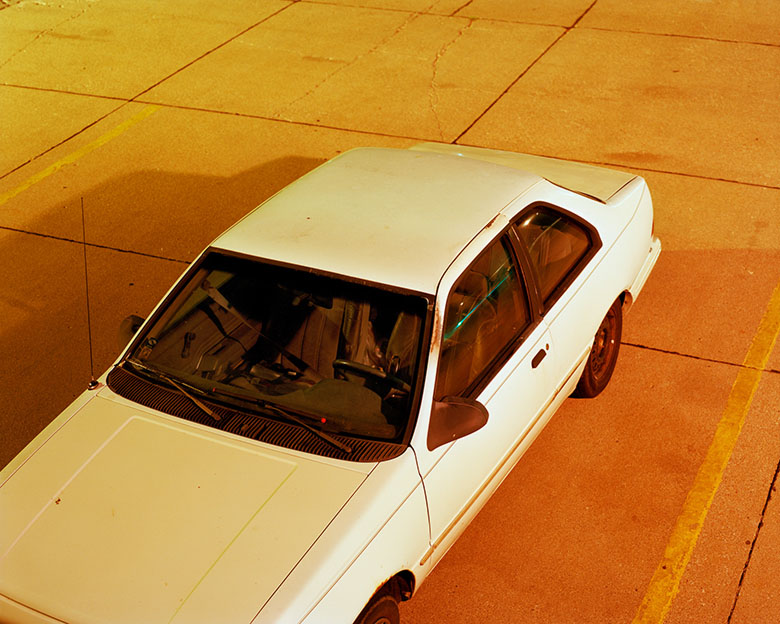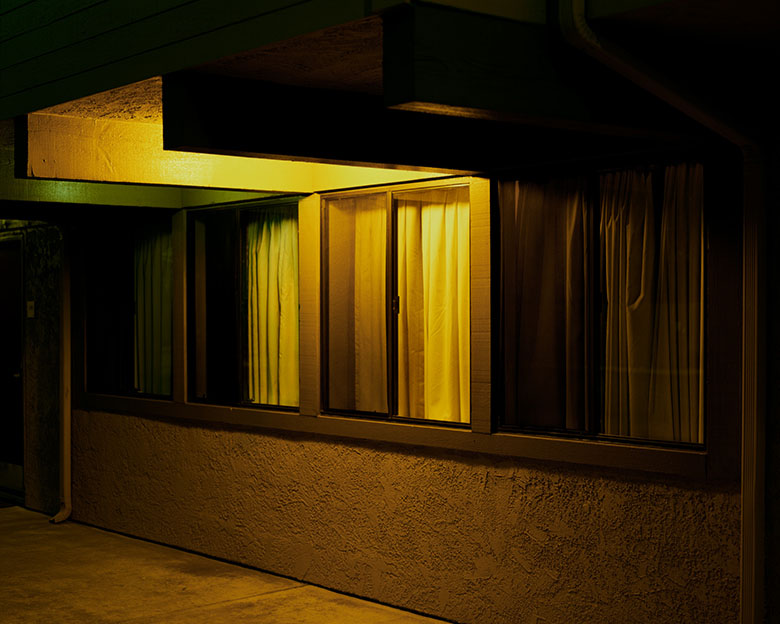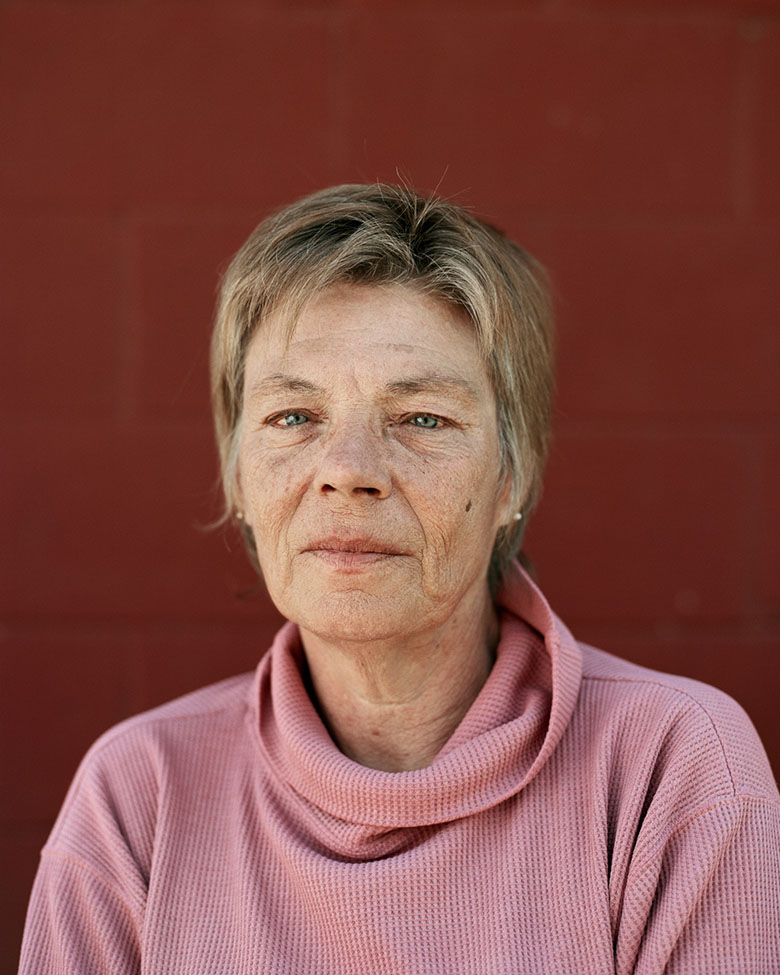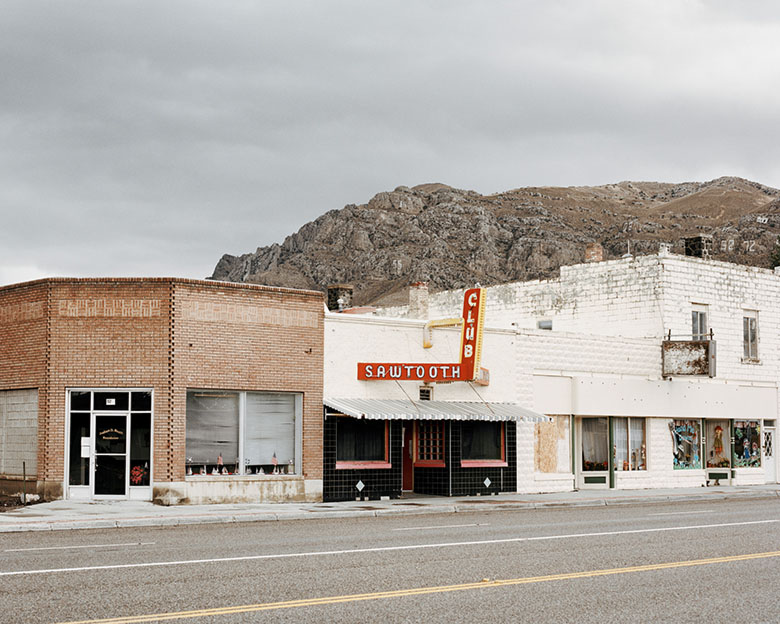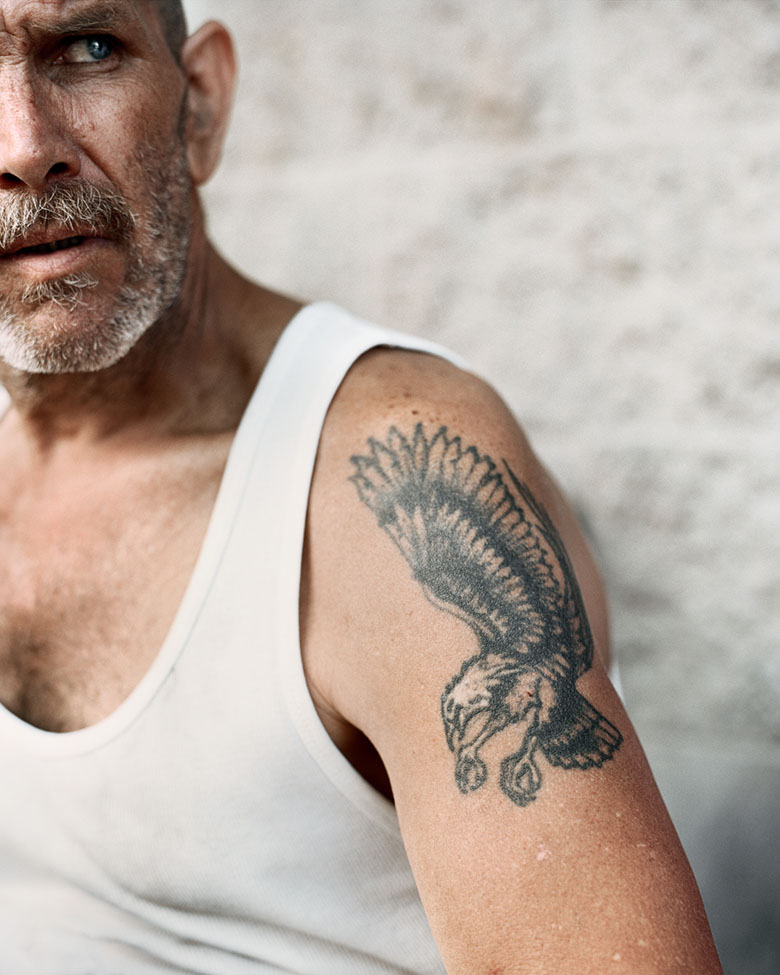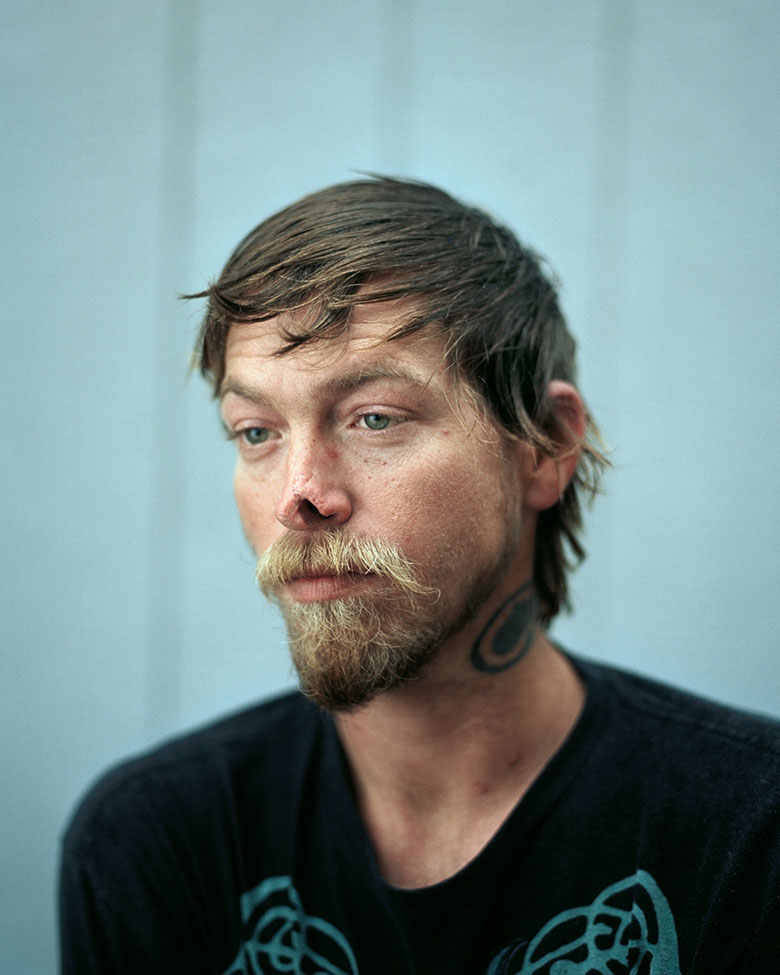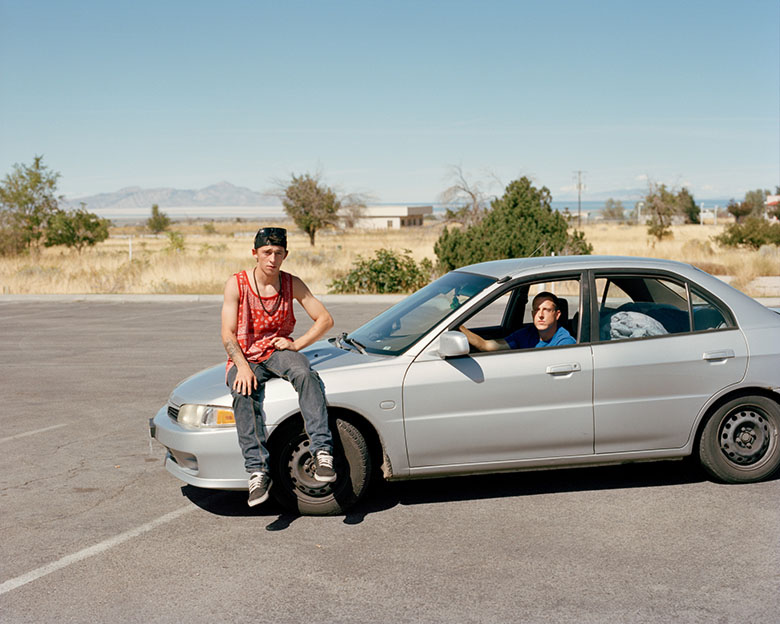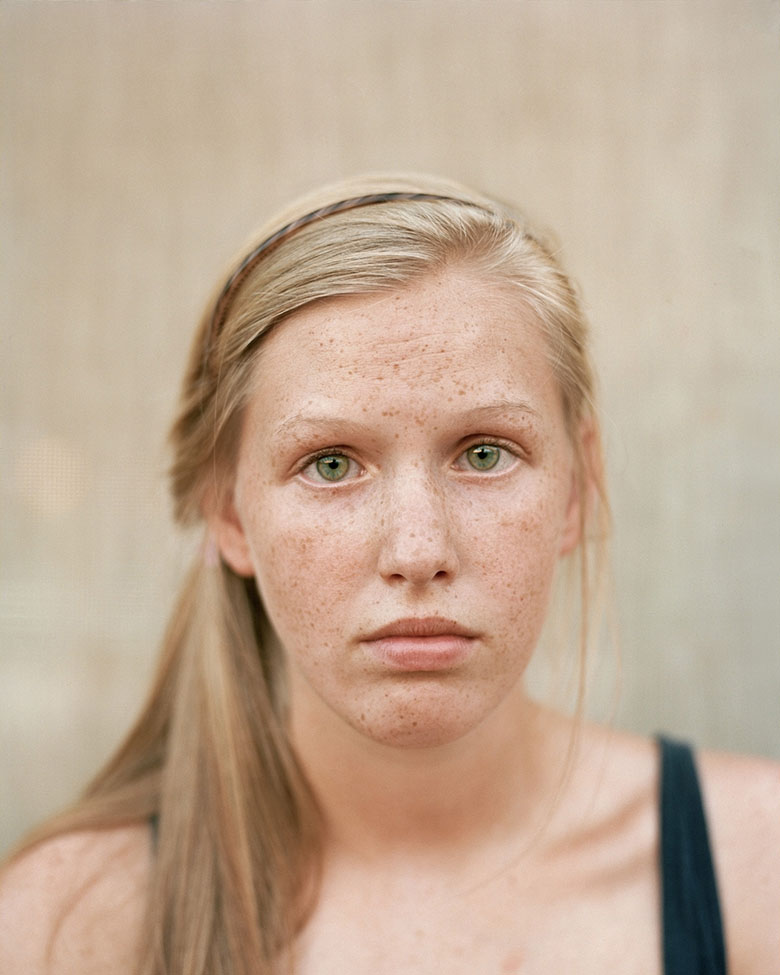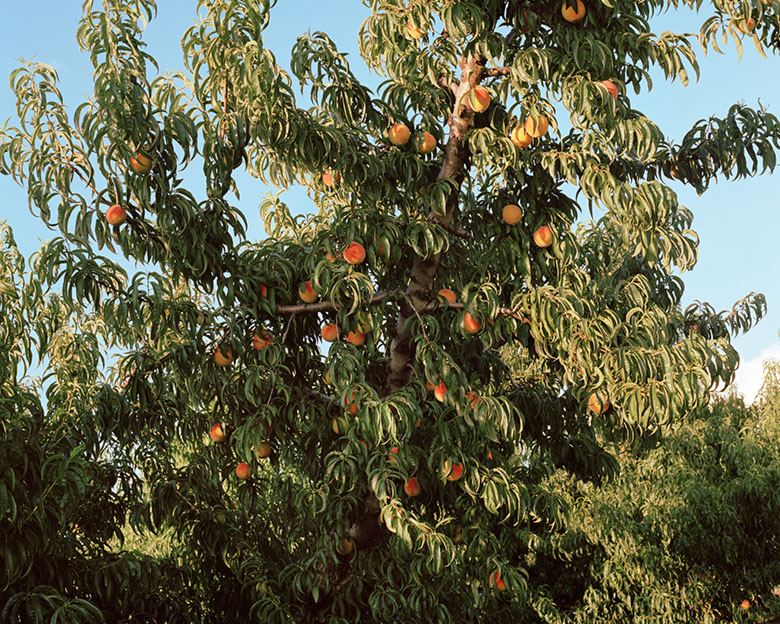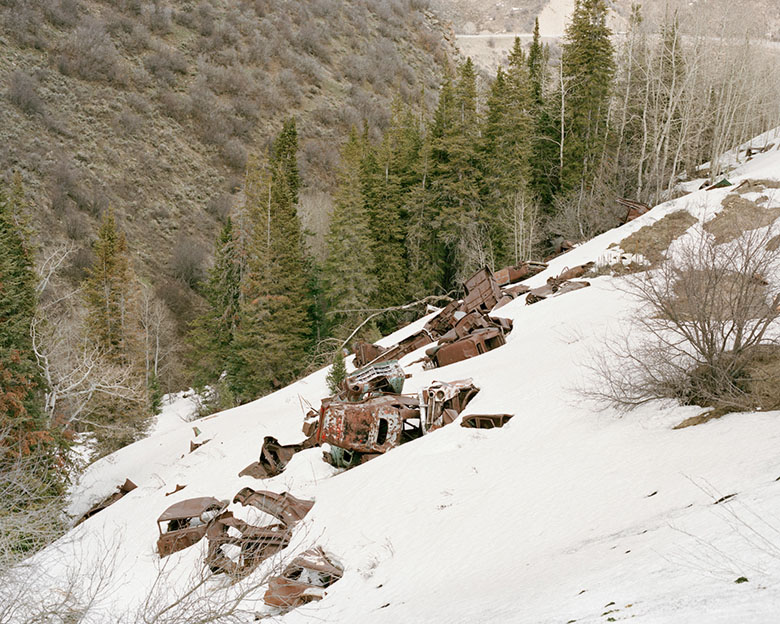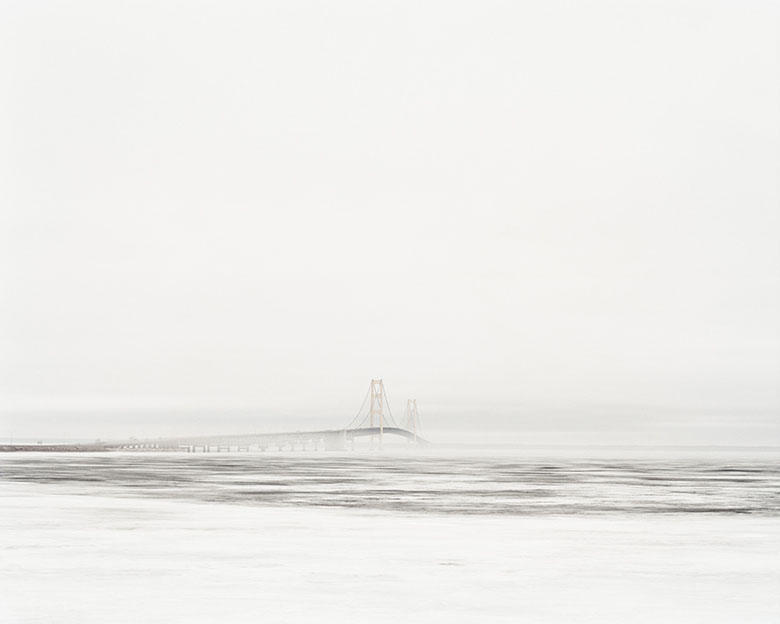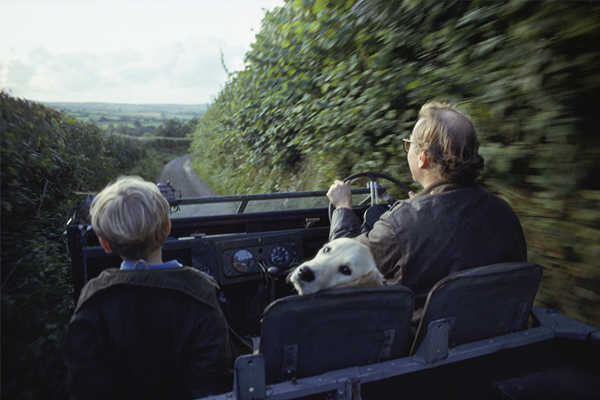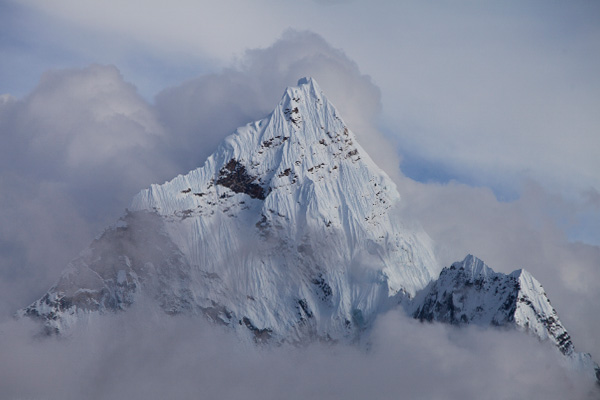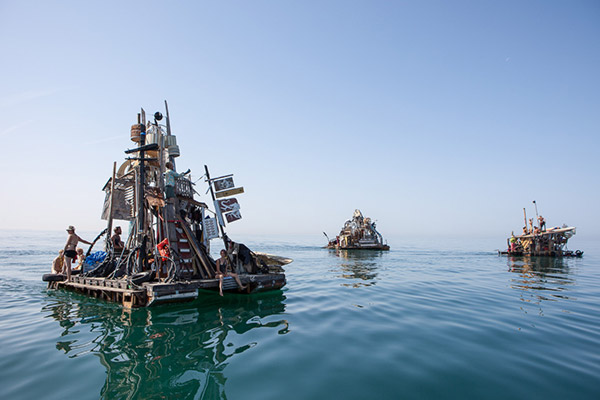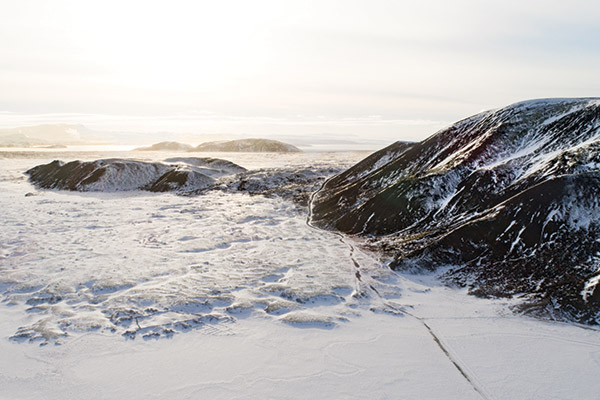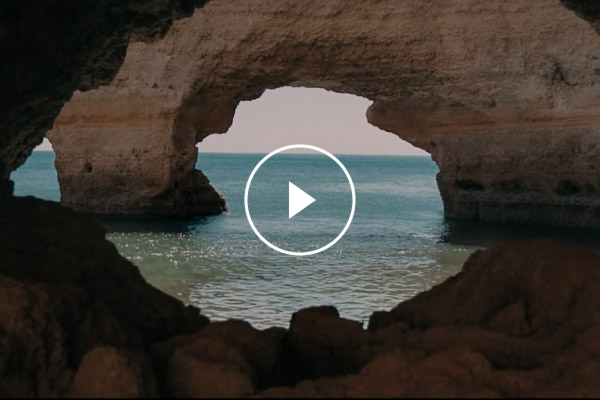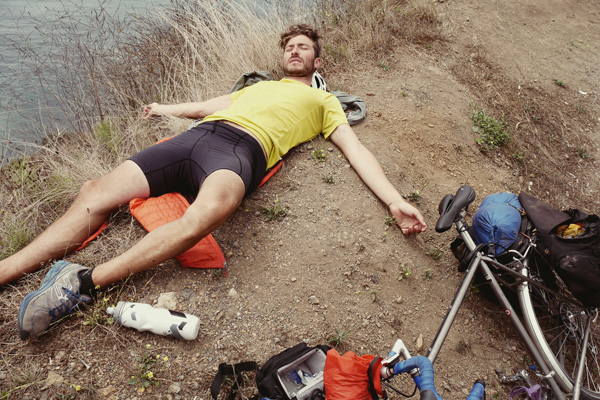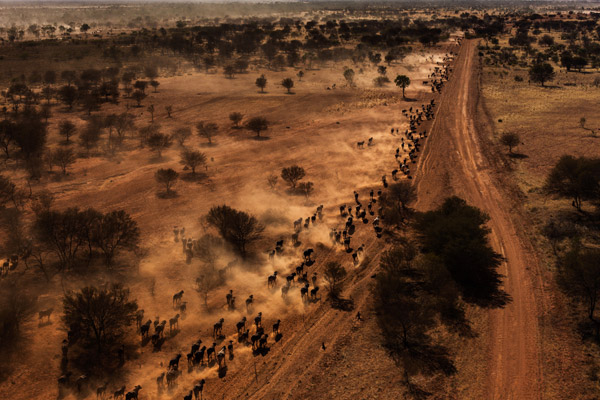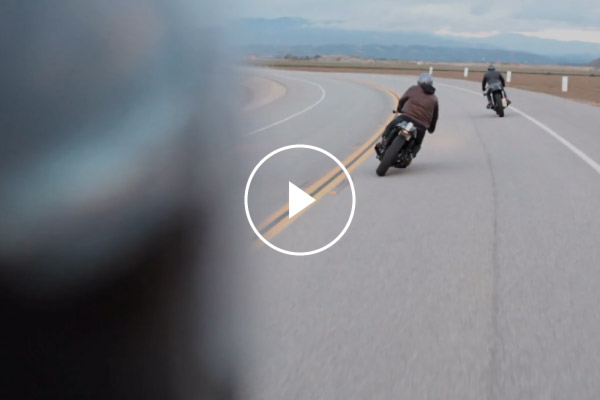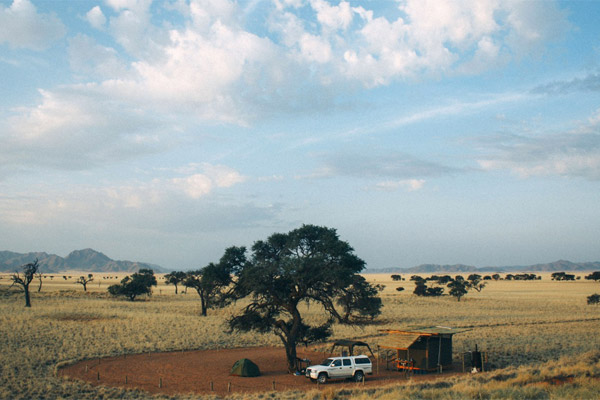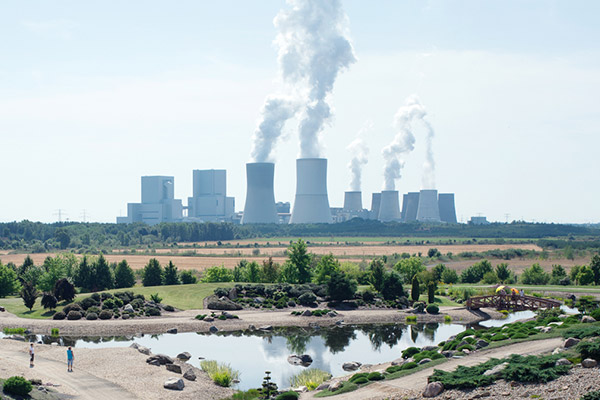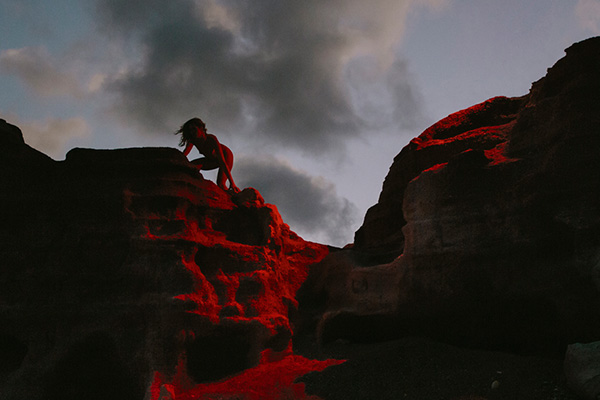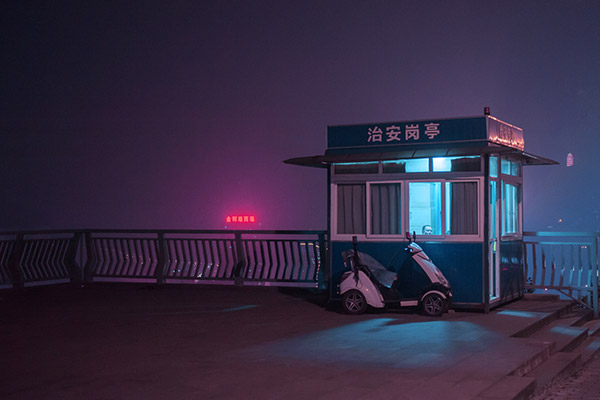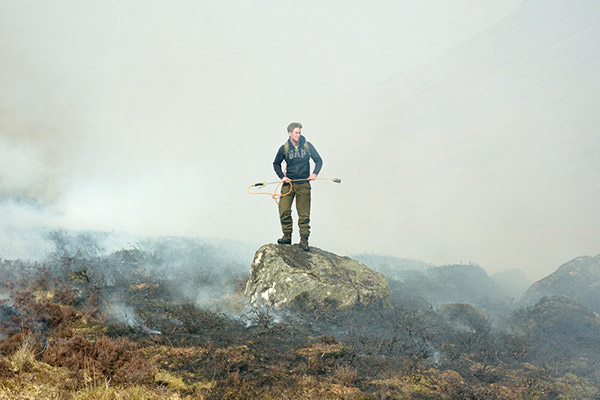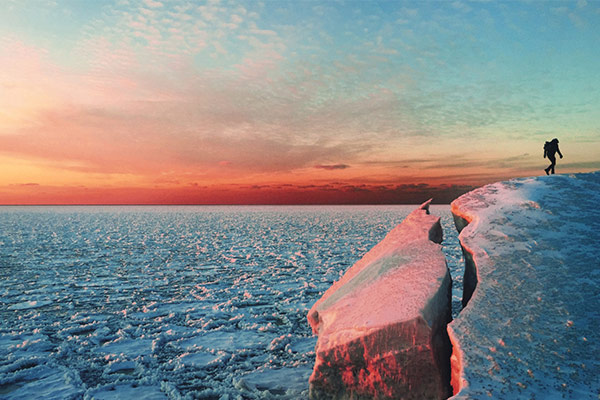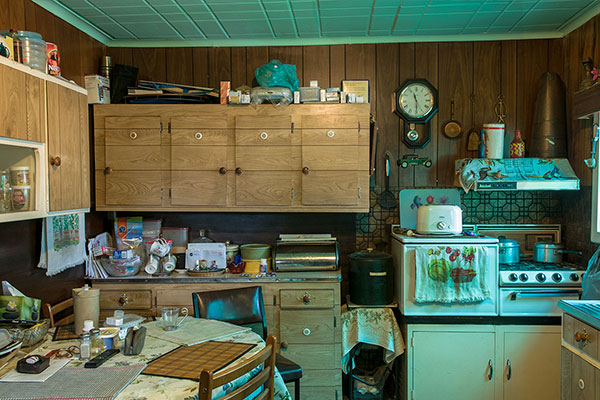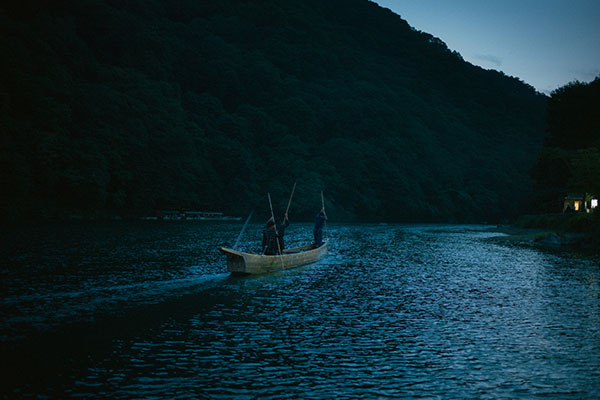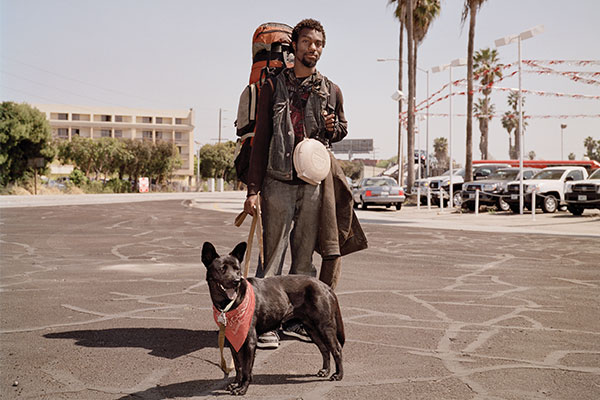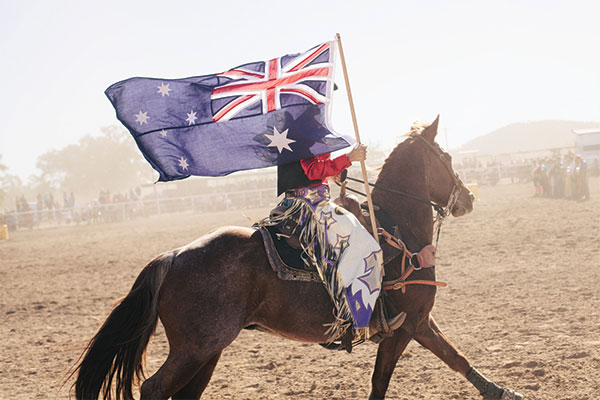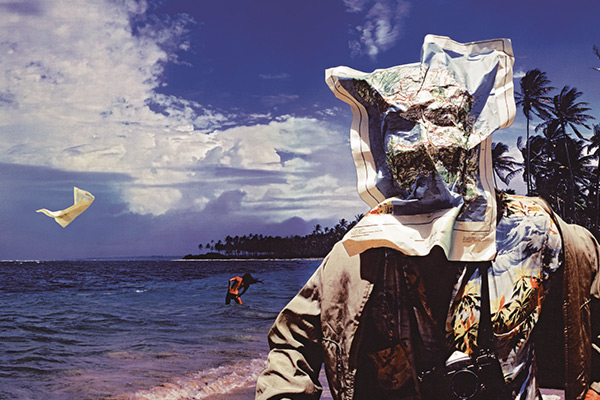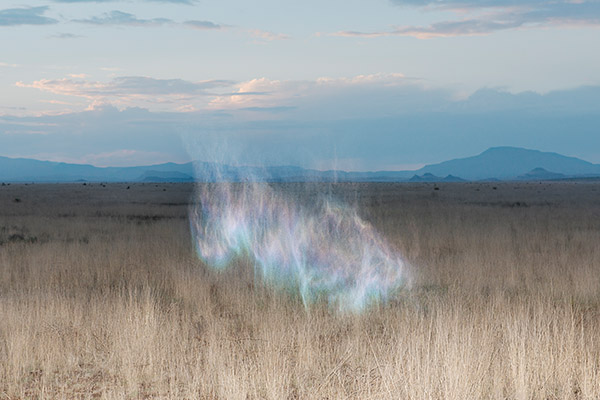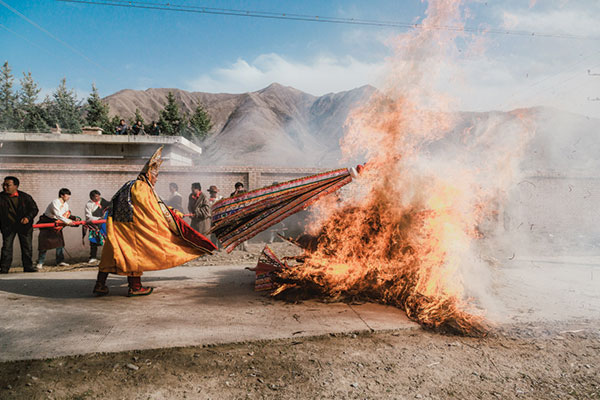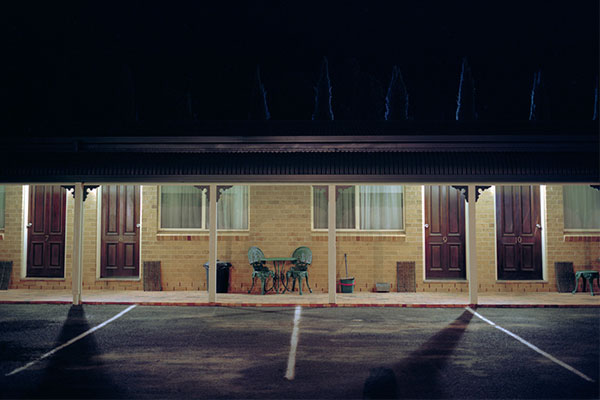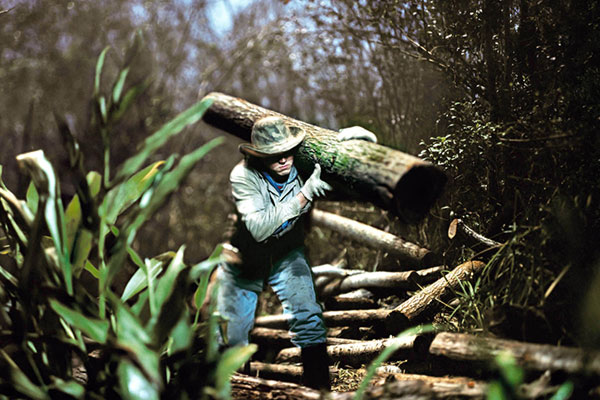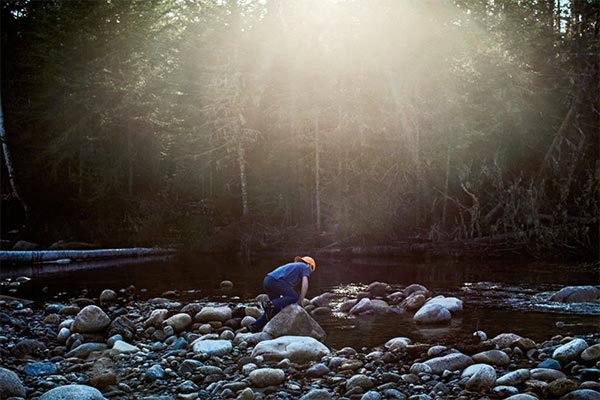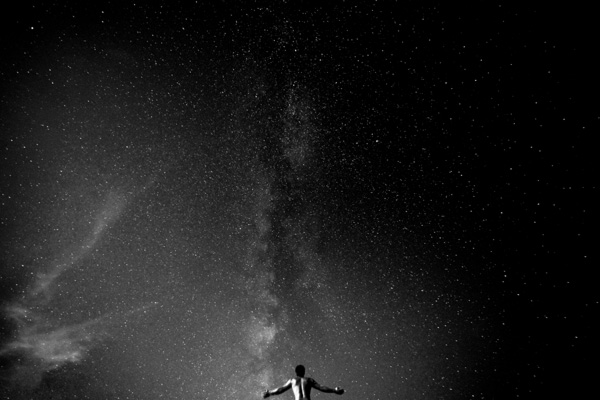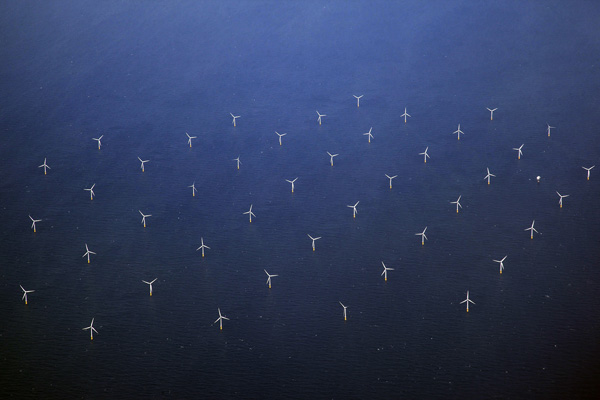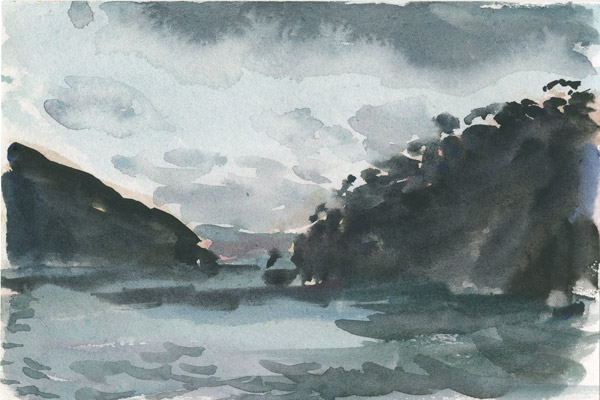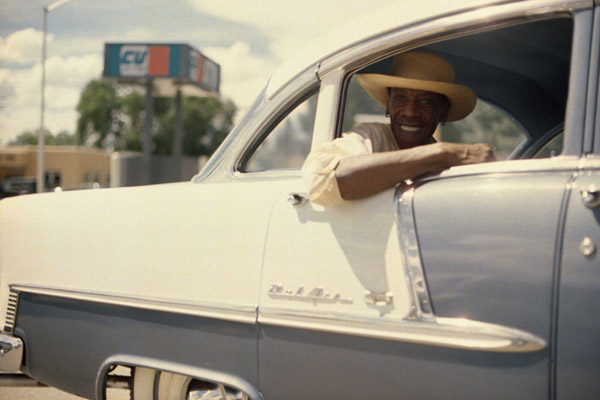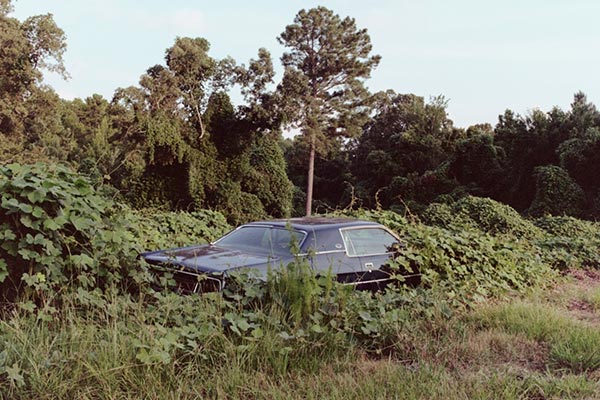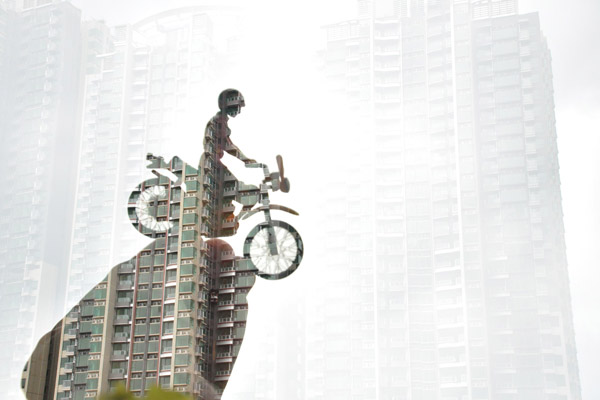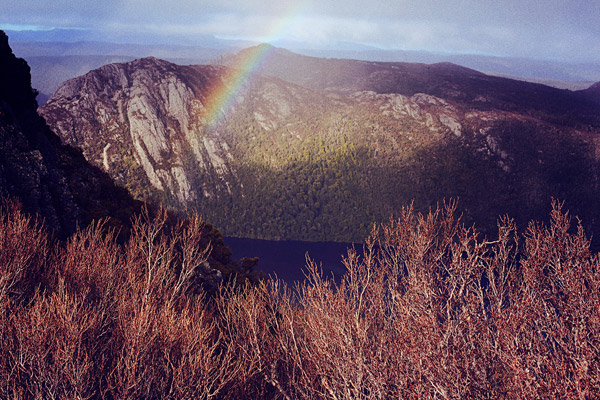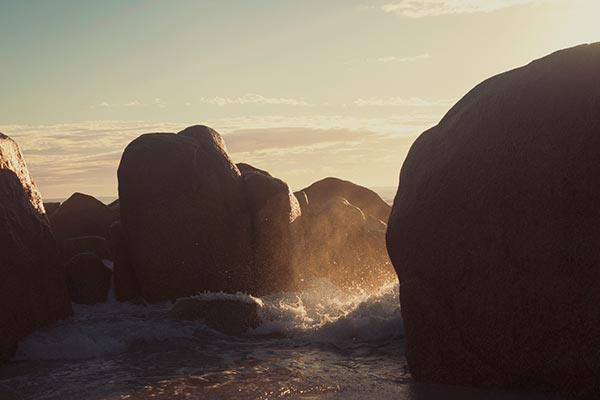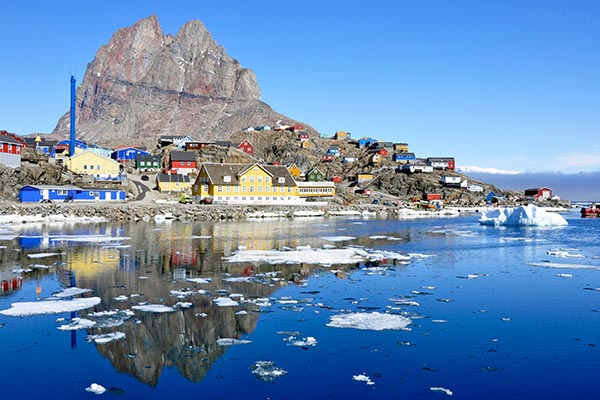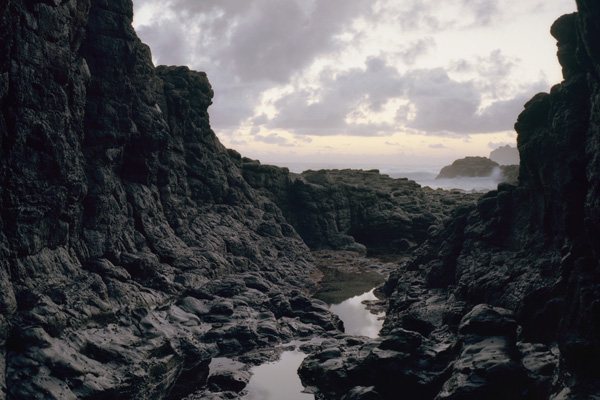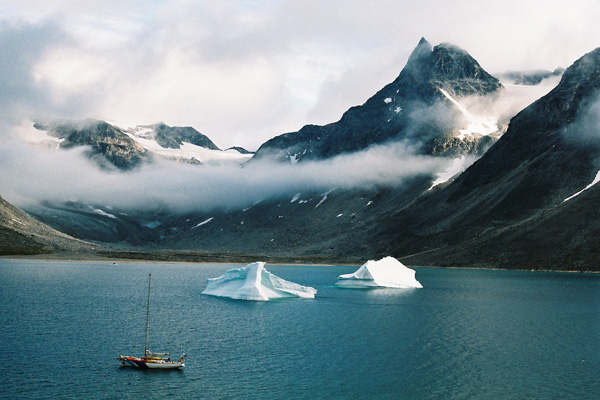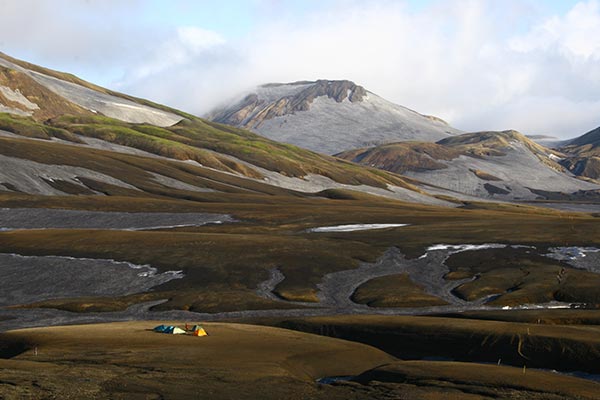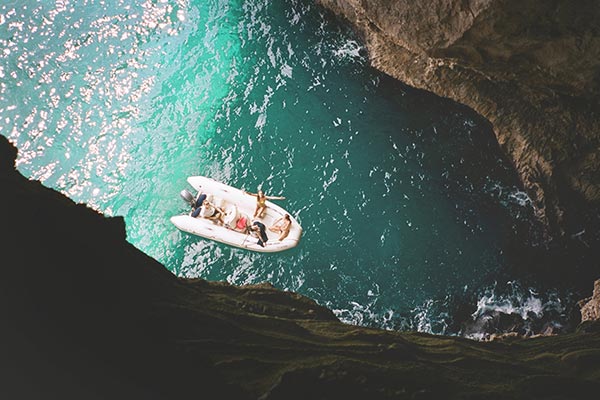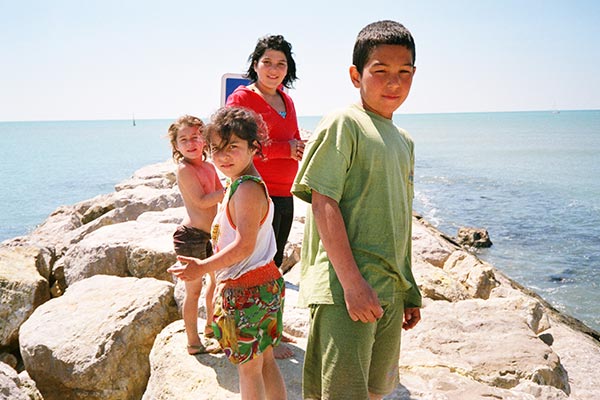What is the Q&A project all about?
Q&A is a photographic project that explores the semi-fictionalised, hyperreal version of America that people hold in their heads. This conceptual ‘America’ exists largely as presupposed ideas, repeated motifs or emblems and I was really interested to look at how photography informs that.
You’re a British photographer, based in London. But Q&A explores the American landscape. Why did you choose America as the setting for this project?
If you’re a kid that grows up in the late 80s or early 90s anywhere that isn’t the U.S. it’s a place that always seems culturally exotic. That probably planted some kind of kernel of interest in me at a young age. My older brother was really into motorbikes and all of the Americana that comes with that, so I think that played a role too. I always had this slight distant fascination with America and this project was a good chance to explore that.
How does the American landscape differ from other countries you have visited?
I think the thing people forget the most is the topographical diversity of America. People in Europe tend to think of the country as vast but perhaps don’t really always appreciate just quite how true this is.
“America fills me with questions. Some of these are basic curiosities about the place and its people, but the most jarring to me is: What causes familiarity towards a place you have never been to before?” (quote from francescamaffeogallery) Can you explain this quote in more detail?
By this I mean that sometimes you can go somewhere and you’re just curious: you want to know what it’s like, what the people are like, what the food is like etc. While making the Q&A work, I had this other feeling – I’d come across a building or a landscape that felt unexpectedly familiar, which I came to realise was stemming from a removed cultural idea of America. This idea fascinated me; that imagery, literature and music could be so effective in its ability to embed a notion of place in you that it could sometimes provoke familiarity.
“His series Q&A explores the nature of myth when applied to a collective understanding of the United States.” (quote from francescamaffeogallery) What is the myth of America?
I don’t think you could ever say that there is defined mythology of America. The thing with the production and repetition of myths is that it’s always happening; historically we tend to tell ourselves new versions of the same stories or ideas. I think the biggest shift in the 20th and 21st century though has been the utilisation of cinema as a way of propagating these myths. Naturally, the history of American cinema has had a huge role in this.
The project is a culmination of 4 years. How did your perceptions of American myth and reality change over time?
When I first went to the U.S. I was just entirely taken aback. It wasn’t anything like I’d imagined it to be, so at that point I felt pretty bewildered. My entire notion of a place that I thought I had some sense of, shifted in the span of a few days. Over the longer term as I started to stay off the interstates and take more rural roads, I found that places did start to conform a little more with my presupposed ideas. In time, this too started to melt away and I realised that while these familiar motifs were definitely out there, so was everything else.
You also travelled across 40 states. Where was the disparity between myth and reality greatest? Why?
Probably the first time I ever went to the USA and found myself driving along huge swathes of anonymous interstate. When I (maybe somewhat naively) imagined what my first ‘American Roadtrip’ would be like, I envisaged long desolate roads with wild country either side. Of course I found that eventually, but there was certainly an amount of cognitive dissonance between what I expected and what I initially found.
What’s the reality like for some of the people in your photographs?
It wouldn’t be fair to say that I know any kind of truth about their lives as often I’m meeting people and photographing them for maybe about an hour or so and not much more. I did meet some people who lived in really remote parts of the country and had managed to effectively go ‘off grid’. That was pretty fascinating because it was the first time I’d realised that in the USA, the country that is the effective bellwether for most of western world, there is still enough physical space to disappear if you are so inclined. That really amazed me and I think made travelling around the country feel that little bit more exciting.
What sort of problems follow from such myths and idealised perceptions of America?
I think any preconceived opinion of a place can cause a problem. Photographically, I think it’s one of the things that drove me to making this project in the first place. I love the canon of American photography and people like Lewis Baltz, William Eggleston and Stephen Shore have undoubtedly advanced the discussion around the medium of photography. The problems come when you get people photographing the American West now, thirty or forty years later, making these wonderful, alluring pictures that maybe don’t really have much content beyond: mountains and old guys with beards look great when photographed. With that said, it’s a fine balance. I still do believe that photography should be visually engaging. It’s also why I went about Q&A in that way – photographing these well worn tropes to examine their pervasiveness and at the same time making images that are (hopefully!) still enjoyable to look at.
Is there anything else you would like to share?
I’m going to be having the first full show of my Q&A work and a little preview of some new work at Francesca Maffeo Gallery later this summer. So if anybody is in the UK and wants to see that work in more or less it’s entirety come down and say hello – the show opens on September 8th.
What’s the next project we can expect from you?
Currently I’m working on a new project called ‘Common Futures’ in which I hope to look at the visual language of the future. In many respects it deals with similar themes as Q&A – mostly the idea of there being a collective aesthetic understanding of something, but this time that something being ‘the future’. This differs a little bit of course because the future is even more of an amorphous concept than that of ‘America’. I started to think about why we consider some things to be futuristic in perpetuity. I started to try and make photographs around this idea and in the summer of 2016 photographed European Space Agency facilities at German Aerospace. This is where the Columbus laboratory module that forms part of the International Space Station is controlled so that was really a great place to start. It was really interesting to see and photograph some of the overlaps between science fiction and science fact. Since then I’ve been to Die Neue Sammlung in Munich which I can honestly say is one of the most amazing museums I think I’ve ever been to. We spoke to them and they were very kind and allowed me to photograph some of their extensive collection of design objects. I wanted to look at historical moments in design history when people were really trying to push this idea of ‘the future’ and what the commonalities in these objects are.
Are there any other photographers you know that might be interested in appearing on the AHB?
You should definitely have a look at William Lakin and Simon Martin’s work if you haven’t already – they’re both good friends and wonderful photographers.
Receive a postcard from us sign up


